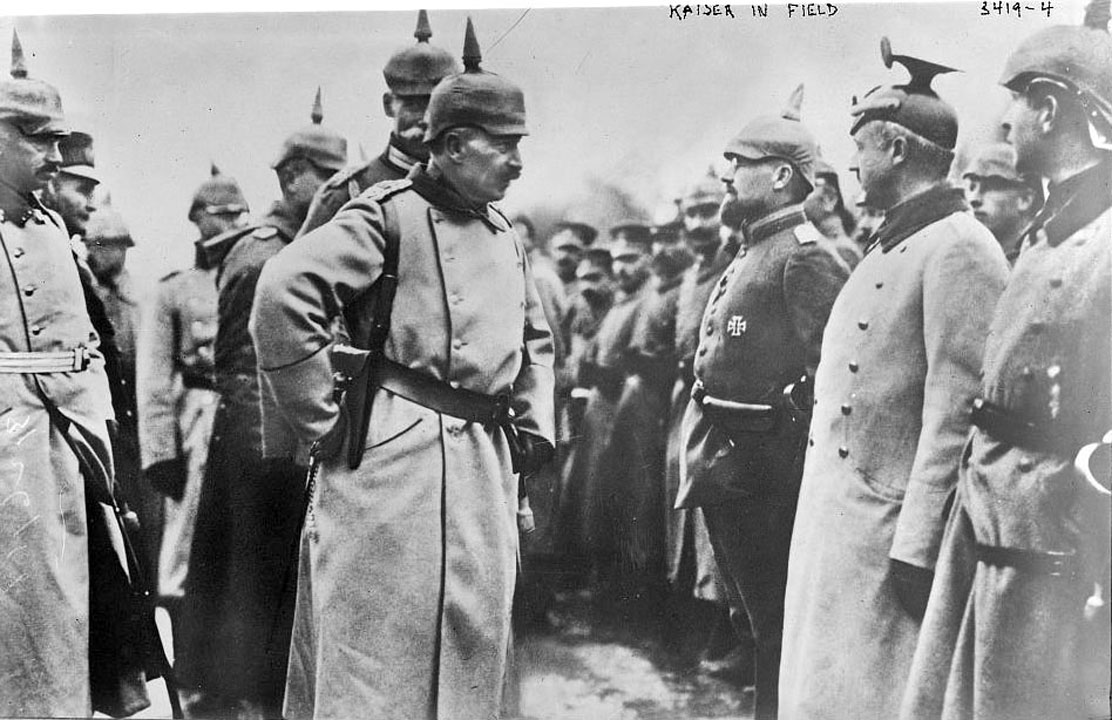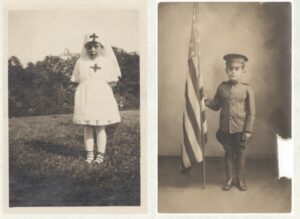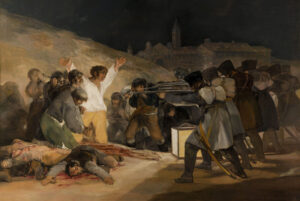Germany’s Pickelhaube helmet, distinguished by a lone spike jutting straight from its top, became a symbol of Prussian militarism in the early 20th century. At first glance, the distinctive spike seems to have served no practical purpose—indeed, use of the helmets on the battlefield was abolished during World War I. This raises the question: what was the “point” of the Pickelhaube in the first place?
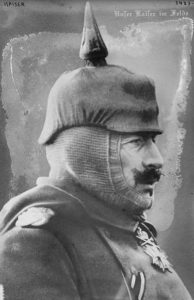
Introduced by the Prussian military circa 1843, the Pickelhaube was originally proposed for use by cavalry troops. The helmets, made of pressed leather, were developed as an updated solution to the conical shako hats worn by Prussians during the Napoleonic Wars. Napoleonic-era shakos offered virtually no head protection and were cumbersome to wear in wet conditions, as they easily soaked up rain. The Pickelhaube, therefore, was greeted as a practical modern invention. The new “leather helmets” or “helmets with spikes” gave soldiers’ greater head covering and visibility. The helmets did not fall off easily.
The distinctive spike on the Pickelhaube was supposed to function as a blade tip. It was designed to deflect sword blows aimed at the head. The spikes could be modified depending on soldiers’ battlefield duties and outfitted with plumes on formal occasions. The helmets could be easily modified to sport symbols of rank and affiliation.
GET HISTORY’S GREATEST TALES—RIGHT IN YOUR INBOX
Subscribe to our HistoryNet Now! newsletter for the best of the past, delivered every Monday and Thursday.
Who Wore the Pickelhaube Helmet?
Use of the helmet became widespread throughout Germany and was even adopted by regional police forces and fire brigades. However, the helmet was greeted with sarcasm and mockery—even within Germany. The unicorn-style helmet was commonly perceived as grandiose and superficial. In his 1843 satiric poem, “Germany: A Winter’s Tale,” the famous poet Heinrich Heine likened the Pickelhaube to a lightning rod:
Yes, yes, I like the helmet, it demonstrates the loftiest wit!
A kingly inspiration, it was! Complete with a point and tip!
I’m just afraid a storm will come and only too easily hit,
That romantic crown of yours with a fancy lightning blitz!
The Pickelhaube became a symbol of Prussian machismo and battle prowess. An imperial proclamation in 1871 made the Pickelhaube mandatory for all German troops. Proud and scowling Prussian military leaders with bristling mustaches posed for publicity photos sporting the Pickelhaube, including Kaiser Wilhelm II, Otto von Bismarck, and Paul von Hindenburg. In other countries, the horned helmets became synonymous with barbarism, especially during World War I.
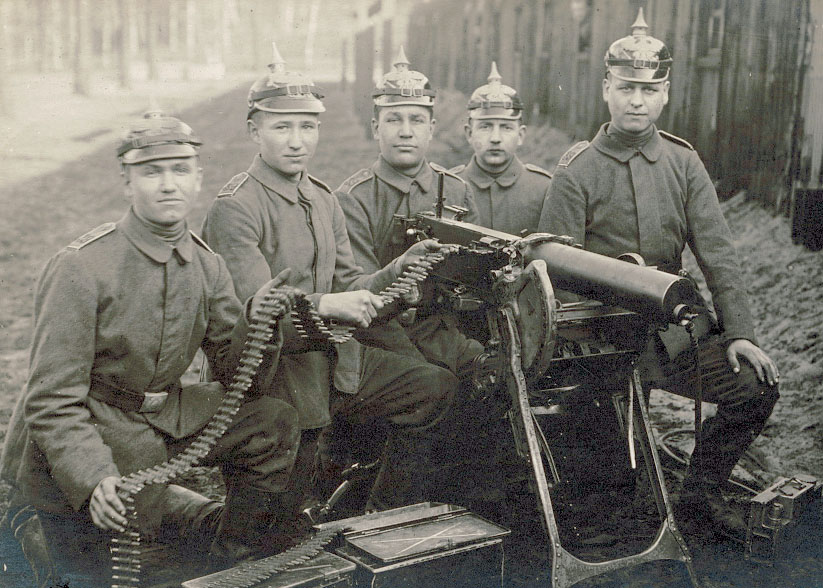
Was the Spiked Helmet useful in combat?
The supposedly “modern” Pickelhaube did not function well in battle. Although it might have been useful for dodging swords, the helmet failed to stand the test of modern firepower. Examples from the Bavarian Army Museum in Ingolstadt demonstrate that the helmet was practically useless against bullets and even more so against shell fragments. It was also unwieldy for common soldiers to wear. Some regional South German troops resisted the 1871 imperial mandate requiring the Pickelhaube, instead preferring more comfortable cloth caps, according to the museum. Gleaming helmet spikes also presented ideal targets for snipers, which led to several modifications designed to disguise the helmet, including removable spikes.
The Pickelhaube could also prove dangerous to its own wearer in battle. A 1924 German surgical book described one case of a soldier wearing a Pickelhaube sustaining a severe injury when his helmet spike became stuck in the earth as he fell down; the trauma resulted in a ruptured spleen.
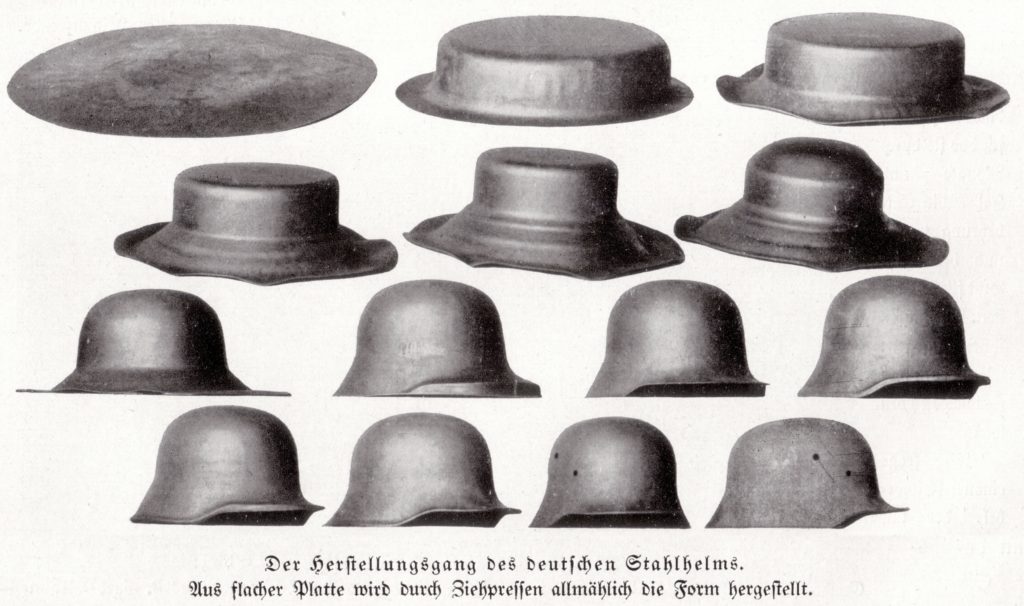
After remaining in use by German military forces for over 70 years, Prussian military leaders were forced to abandon the Pickelhaube during World War I. Demands for bulletproof and shrapnel-resistant helmets beginning in 1914 resulted in the creation of the Stahlhelm—a far more practical invention, which first appeared on the frontlines in 1916 and was in widespread use by 1917.
historynet magazines
Our 9 best-selling history titles feature in-depth storytelling and iconic imagery to engage and inform on the people, the wars, and the events that shaped America and the world.


